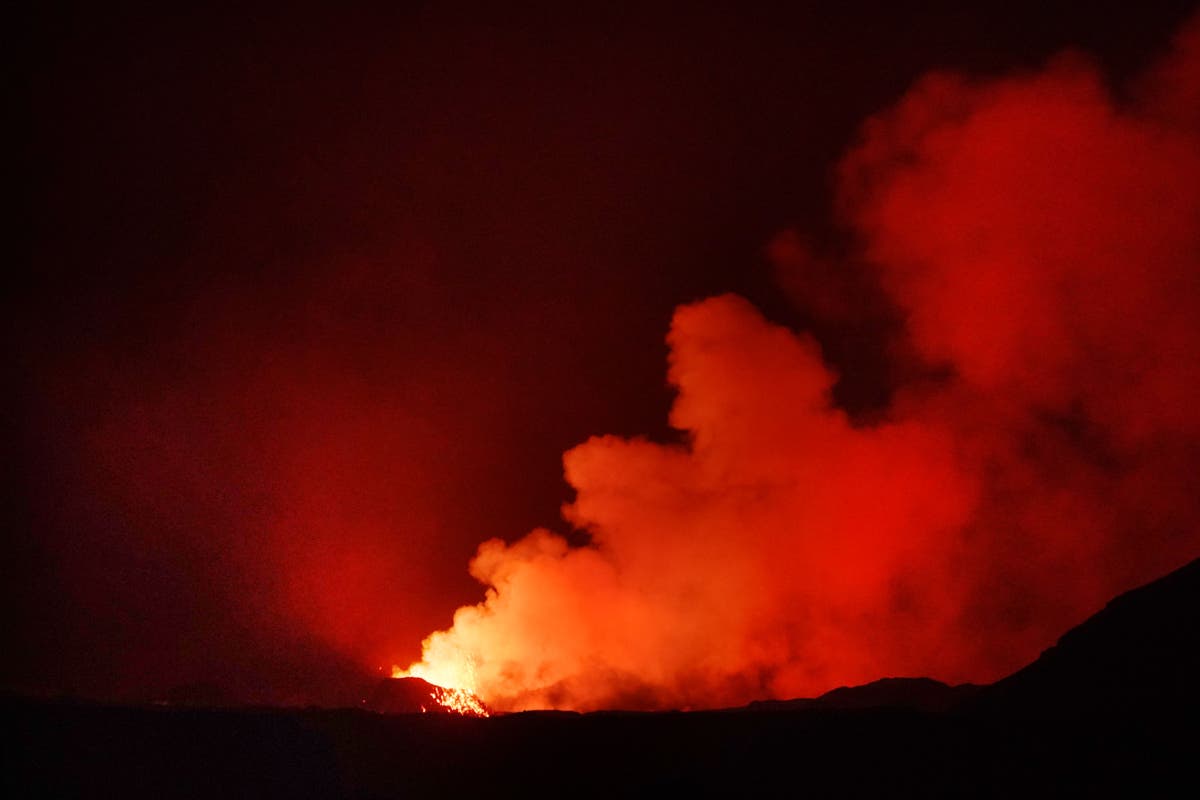A 200-year-old mystery surrounding a massive volcanic eruption in 1831, which caused significant global cooling and widespread famine, has been solved. Researchers pinpointed the Zavaritskii volcano on the remote Russian-controlled Simushir island in the Kuril archipelago as the culprit.
Analysis of ice core samples, coupled with volcanic ash samples from Simushir, revealed a precise match. This groundbreaking discovery, published in the journal PNAS, definitively links the 1831 eruption to the volcano.
The eruption, which released substantial sunlight-reflecting sulphurous gases, created a dramatic global cooling effect of approximately 1°C. Historical accounts documented unusual atmospheric phenomena, including the sun appearing in unusual colors like blue, purple, and green.
The study's lead researcher, Dr. Will Hutchison, described the moment of confirmation as a "eureka moment," highlighting the meticulous analysis of minute ash shards extracted from ice cores. The team used advanced techniques to pinpoint the eruption's timing and intensity.
The Zavaritskii volcano, located on an island strategically important to Russia, represents a previously understudied volcanic region with significant potential for future eruptions. The findings underscore the importance of understanding historical eruptions to predict and mitigate the impacts of future events.
"This highlights the difficulty in predicting large-scale eruptions and the necessity for international collaboration in response to future events of this magnitude," Dr. Hutchison emphasized. The study highlights not only the scientific significance of understanding past eruptions, but also the potential for these events to have a profoundly disruptive effect on global climate and human societies.







